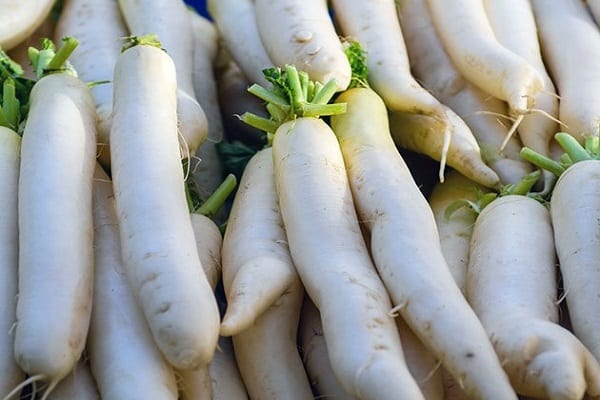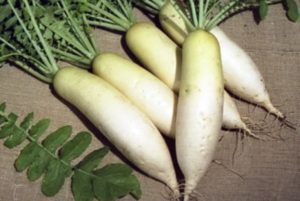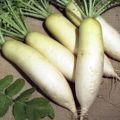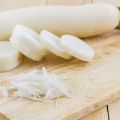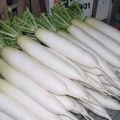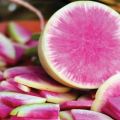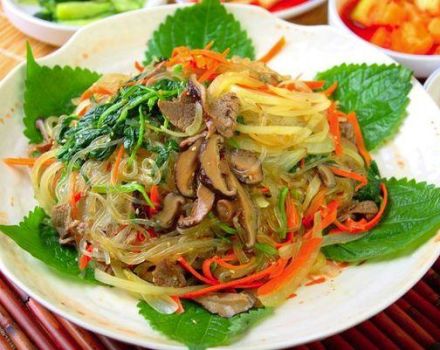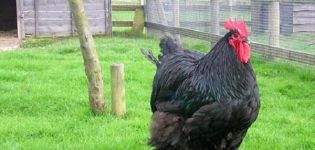Description of daikon Caesar variety, features of cultivation and care
Daikon is a vegetable that belongs to the cruciferous family and is considered to be something between a radish and a radish. This vegetable grows to an enormous size. Daikon also tastes like the roots mentioned above. It has excellent nutritional value and properties. This vegetable is fairly easy to grow. There are many varieties of this vegetable and Daikon Caesar is considered one of the most common.
Description of the variety
When choosing from a large number of different varieties, it is worth remembering that the Caesar daikon does not have radish bitterness, and it does not have such a sharp taste as radish. It is crunchy, has a tasty pulp with a sweetish flavor. This vegetable contains a rare enzyme, with the help of which the body assimilates starch more easily, helps to reduce slag formation and to remove them from the body as soon as possible. Daikon contains the optimal amount of vitamins B and C, and due to the fact that it contains only fructose from sugars, it is consumed even by people who suffer from diabetes.
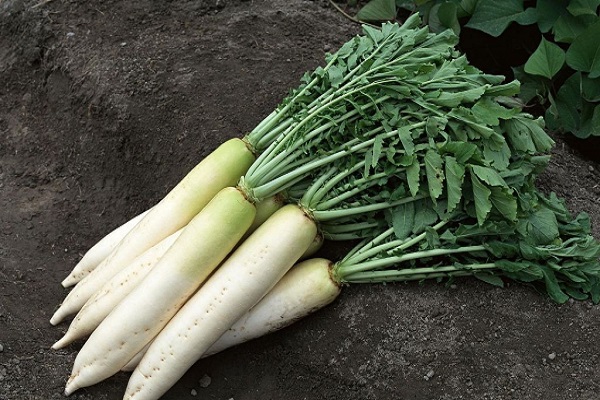
This variety of "Japanese radish" has a white root crop, has an oblong shape and reaches a length of up to 40 cm.
Growing
Sowing daikon on the garden bed where cruciferous crops were grown is not recommended. It is best to sow it in the soil where the garlic grew.
Sowing this type of daikon is allowed twice - at the end of April or in the second decade of July. Caesar is grown in a high bed, because at the time of ripening, the root crop is quite deeply immersed in the ground.
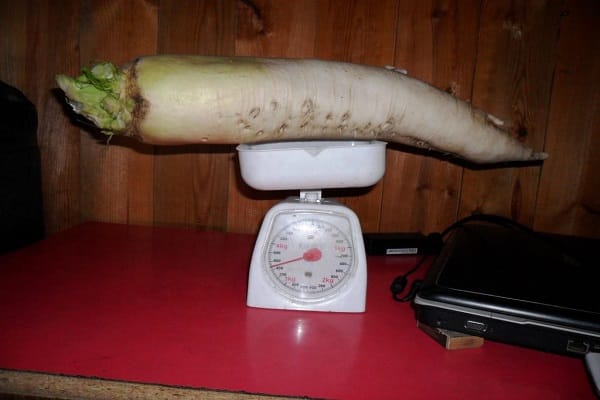
It is possible to grow this vegetable both in the open and in the closed ground. Caesar is a mid-season variety. The sowing depth is chosen depending on the planting time and the type of soil, the average depth is from 1.5 to 3 centimeters. The period from first germination to harvest is 45 to 60 days. With proper care, the yield reaches from 3.5 to 5 kg per square meter.
Care features
Good results can be achieved when sowing on fertile loamy and sandy loam lands, with a slightly acidic or neutral reaction. Immediately after sowing, it makes sense to cover the bed with a small layer of mulch. It can be:

- sawdust;
- grass cut with a trimmer or lawn mower;
- compost.
If mulching is done right away, then it will save moisture and help the seeds germinate more quickly. When a leaf forms on the plant, thin out the seedlings. At the same time, loosen the soil and add mulch. Under no circumstances do not allow drying out, soil compaction, excessive seedling density, as this can lead to the fact that the plant will start "arrow".From this, the roots become flabby or a void forms inside.
It is important at first to carry out regular watering, since with a lack of water, root crops will slowly gain weight.
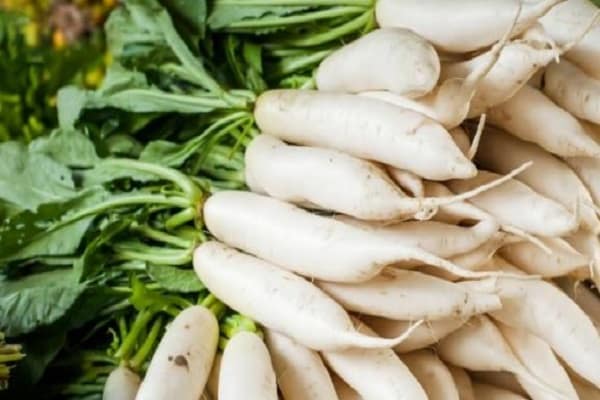
Advantages and disadvantages
The description of the advantages must begin with the main positive quality - the plant does not accumulate harmful substances, even if they are in excess in the soil. This is a rare quality that a small amount of vegetables can boast of.
The disadvantages include a short shelf life.

Pests and diseases
The most widespread disease is mucous bacteriosis. Caesar has relative resistance to this disease. In addition, the plant is attacked by the garden scoop and cruciferous fleas. If you mulch the soil, then the daikon is least affected by insects harmful to it. The most effective preventive measure against the garden scoop is considered to be watering the soil with a weak solution of manganese.
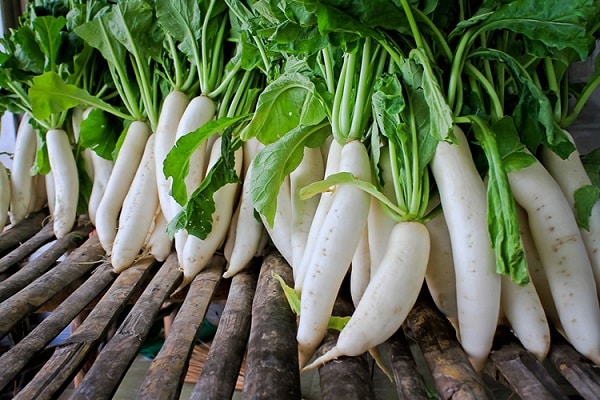
Harvesting and storage
The Caesar daikon harvest usually begins at the end of September and ends before the onset of severe cold weather. Root crops are harvested as they ripen. It is better to collect during the dry season. But, if the bad weather drags on, they do this even in bad weather. Only before storing vegetables should be thoroughly dried.
You need to store daikon in the same way as ordinary black radish. The room should have low humidity and air temperature from +1 to +5 ° С. A small amount of root vegetables can be easily stored in a drawer on the balcony or on the bottom shelf of the refrigerator.
